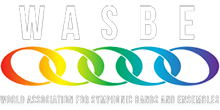The Suggested Repertoire from Around the World for Developing Bands series is a new WASBE program of instructional materials to assist music directors in identifying exceptional works from around the world that are playable by developing musicians. Each of the selections in this series provides a myriad of musical elements that might be explored and developed within the rehearsal context, but the goal is to present music of artistic merit that aligns most directly to the composer’s unique voice. These are selections that stand out from works written largely for teaching purposes.
Our installments include four-five such works, each to be contributed by WASBE members from throughout the world. The offerings include exceptional and diverse works from around the world. Some of the selections will be well known while others will be quite unfamiliar to most – and there will be more than a few older compositions that we hope will be revisited, reacquainted, or discovered anew.
This fourth installment (May 2023) is submitted by Spanish conductor, teacher and WASBE member Borja Martínez-Alegre.
Grade 3+
Mother Earth – David Maslanka (USA)
https://davidmaslanka.com/works/mother-earth/
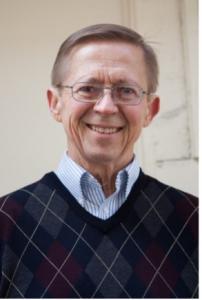
Credit Sue Rissberger
Grade 3
Condacum – Jan Van der Roost (BE)
https://www.youtube.com/watch?v=zsMjflKzrlg
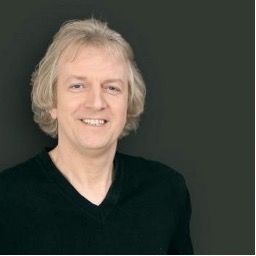
Grade 3
Achnaton – Jan Bosveld (NL)
https://www.janbosveld.nl/www2/samples/achnaton.mp3?
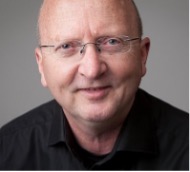
Grade 3+
Coplas de mi tierra – Manuel Palau (ES)
https://www.youtube.com/watch?v=ANhQ61RBUv0
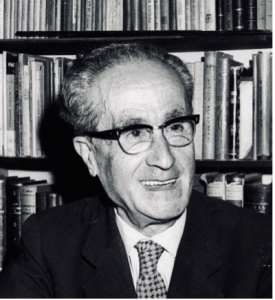
Grade 3
Danza oriental – José-Manuel Izquierdo (ES)
https://www.youtube.com/watch?v=T0_kh_09bMg
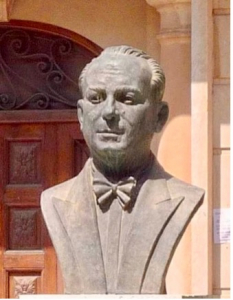
Monument of José-Manuel Izquierdo, in his hometown of Catarroja, Spain.
This suggested program has the title ‘Earth & Sea’ because all pieces have either Earth (‘Tierra’ in Spanish, which also stands for land and hometown) on their title or a Mediterranean culture related title (Rome, Egypt, Spain). We start with David Maslanka’s ‘Mother Earth’ (2003) which is, in words of its own composer: “Mother Earth was composed for the South Dearborn High School Band of Aurora, Indiana, Brian Silvey, conductor. The commission was for a three-minute fanfare piece. Music making allows us to come immediately awake. It is an instant connection to the powerful wellspring of our creativity and opens our minds to the solution of any number of problems, including that of our damaged environment. My little piece does not solve the problem! But it is a living call to the wide-awake life, and it continues to be performed by young people around the world.”
It can’t be better said in our words that this piece joins the underlining of the program, the Earth, and makes us travel in a constant awakening.
It’s an optimal piece to work with fast tempos, articulation changes, and long sustained phrases within an inner pulse.
The second piece is Jan Van der Roost’s ‘Condacum’ (1996), an almost 6-minute piece in grade 3. In the composer’s words: “Composed on the occasion of the 25th anniversary of the Arts Council in the Belgian district of Kontich, the hometown of the composer Jan Van der Roost. It is an interesting composition in which the history of this Belgian community is depicted in sound. The opening reminds one of the advances of the Roman army, whilst the dynamic development is full of vitality!”
The piece seems to build from ashes, and it ends quite epic! It provides two different personalities/styles within the piece to work with. It also allows the band to work on ancient style (-ish) textures and articulations.
Jan Bosveld’s ‘Achnaton’ (2004) is the centerpiece of this suggested program. We travel from ancient Rome back to ancient Egypt. We find the same challenges as in the previous piece but now we have a longer (9 minutes) piece with expanded ranges in brass and larger sets of percussion.
It’s a good moment in the concert to have a soothing moment of melody, lyrical pace and preparing for the finale.
‘Coplas de mi tierra’ by Manuel Palau (1961) is a small piece featuring lyrical solos for alto saxophone (English horn in the orchestral original version) and flugelhorn (clarinet, idem). It has very few rhythmic challenges, but it presents key changes and accidentals that add harmonic tension and make the piece more interesting to play. It’s also good to know folk songs from Valencia (Spain). You can also read WASBE’s article about Manuel Palau at the site https://wasbe.org/marxa-burlesca-by-manuel-palau-boix-spain-1893-1967.
The very final piece of this ‘Earth & Sea’ program is also written by a spanish composer: José-Manuel Izquierdo, former concertmaster of Symphonic Orchestra of Valencia-Spain and band conductor on the first half of 20th century. Danza oriental has an oriental (very related to arabic marches typical from Valencia Region) flavor. Divided in two distinctive sections, it’s really fun to play and is a perfect encore piece: 4 minutes long, frenetic ending with brass fanfares over a rhythmic ostinato. The scores of this piece are free to download since it is a public institution (Diputació de València) who published them.
From one fanfare to another, we’ve traveled among the different Mediterranean cultures and music.
Borja Martínez-Alegre
